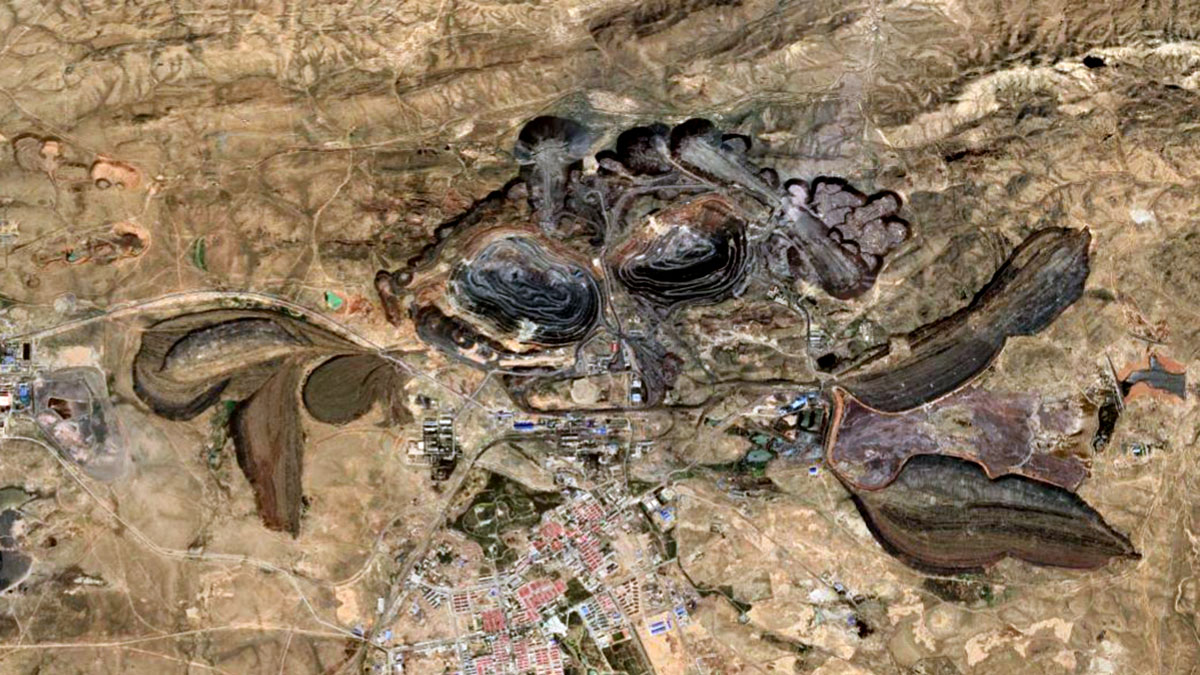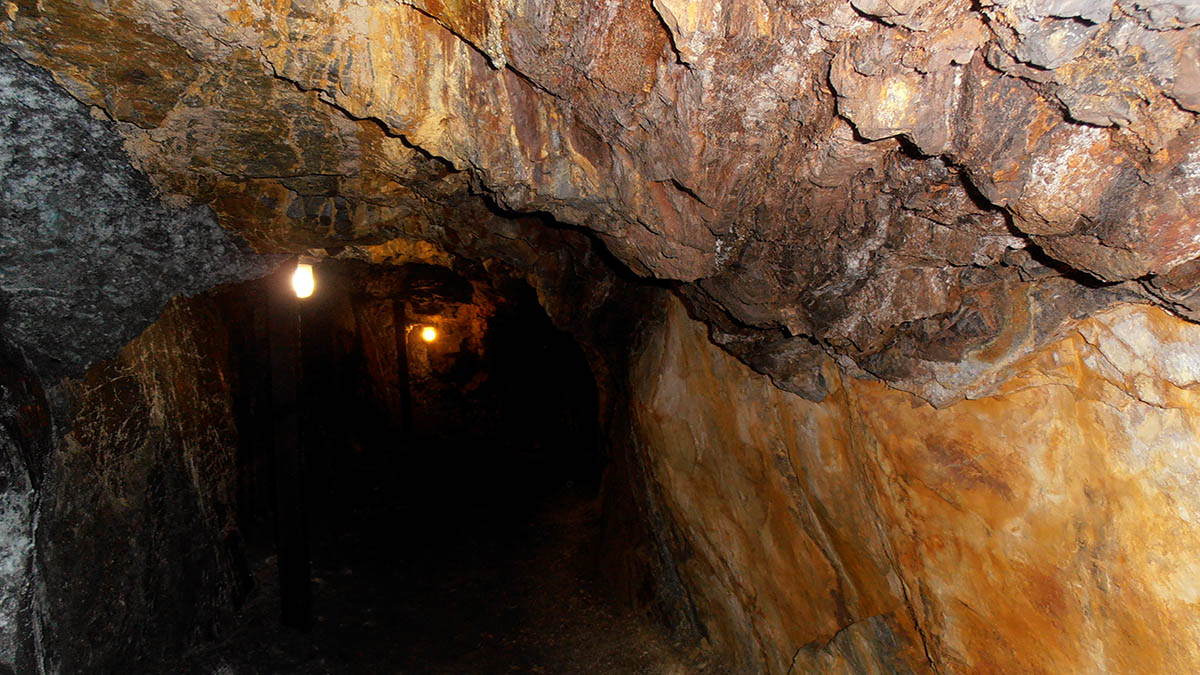In a bid to achieve self-sufficiency in coal production and reduce dependence on imports, the Indian government has implemented several measures leading to a significant increase in domestic coal production. According to recent reports, coal production in the country saw a remarkable rise of 14.77% during the year 2022-23 compared to the previous year, and in the current year till June 2023, it has increased by 8.51% as compared to the same period last year.
The Ministry of Coal has been at the forefront of expediting the development of coal blocks through regular reviews. Furthermore, the enactment of the Mines and Minerals (Development and Regulation) Amendment Act, 2021 has allowed captive mine owners (excluding atomic minerals) to sell up to 50% of their annual mineral production, including coal, in the open market after fulfilling the end-use plant requirements. This move has paved the way for increased coal availability within the country.
To streamline the operationalization of coal mines, the government has established a Single Window Clearance portal for the coal sector, ensuring smoother processes for allottees. Additionally, the creation of a Project Monitoring Unit offers vital support to coal block allottees in obtaining approvals and clearances promptly, thereby accelerating the commencement of mining operations.
Another milestone in the quest for self-sufficiency was the launch of commercial mining on a revenue-sharing basis in 2020. The government provided incentives, such as a 50% rebate on the final offer, for coal produced ahead of the scheduled date and for coal gasification or liquefaction efforts. These incentives have encouraged companies to maximize their coal production capacities.
Coal India Limited, one of the key players in the country’s coal sector, is embracing Mass Production Technologies (MPT) in its Underground (UG) mines, primarily employing Continuous Miners (CMs) where feasible. The company also plans to exploit the potential of Highwalls (HW) mines using abandoned or discontinued mines. In their Opencast (OC) mines, Coal India Limited already incorporates State-of-the-Art technology with high capacity Excavators, Dumpers, and Surface Miners. The company is also venturing into digitization on a pilot scale to further enhance operational efficiency.
Apart from bolstering domestic production, the government has taken measures to substitute coal imports. The Annual Contracted Quantity (ACQ) for coal has been increased up to 100% of the normative requirement, reducing the import dependency on non-coastal and coastal power plants. Additionally, coal linkages have been provided for short-term power sales through transparent bidding processes, positively impacting coal import substitution.
In an effort to monitor and ensure the effective implementation of these initiatives, an Inter-Ministerial Committee (IMC) was established in the Ministry of Coal. The committee, consisting of representatives from various ministries and stakeholders, has been instrumental in developing an Import Data System to track coal imports and strategize for increased domestic supplies.
The closure of some unviable coal mines is also being considered. Coal India Limited plans to close several mines after the completion of coal extraction work, while Singareni Collieries Company Limited (SCCL) has already closed some mines due to exhaustion of reserves or conversion to open-cast mines.
Furthermore, the focus on exploration remains relentless, with the government continuously seeking new areas for mining coal and lignite. The Ministry of Coal’s Central Sector Scheme and the Geological Survey of India (GSI) play crucial roles in exploring and investigating potential coal and mineral reserves.










